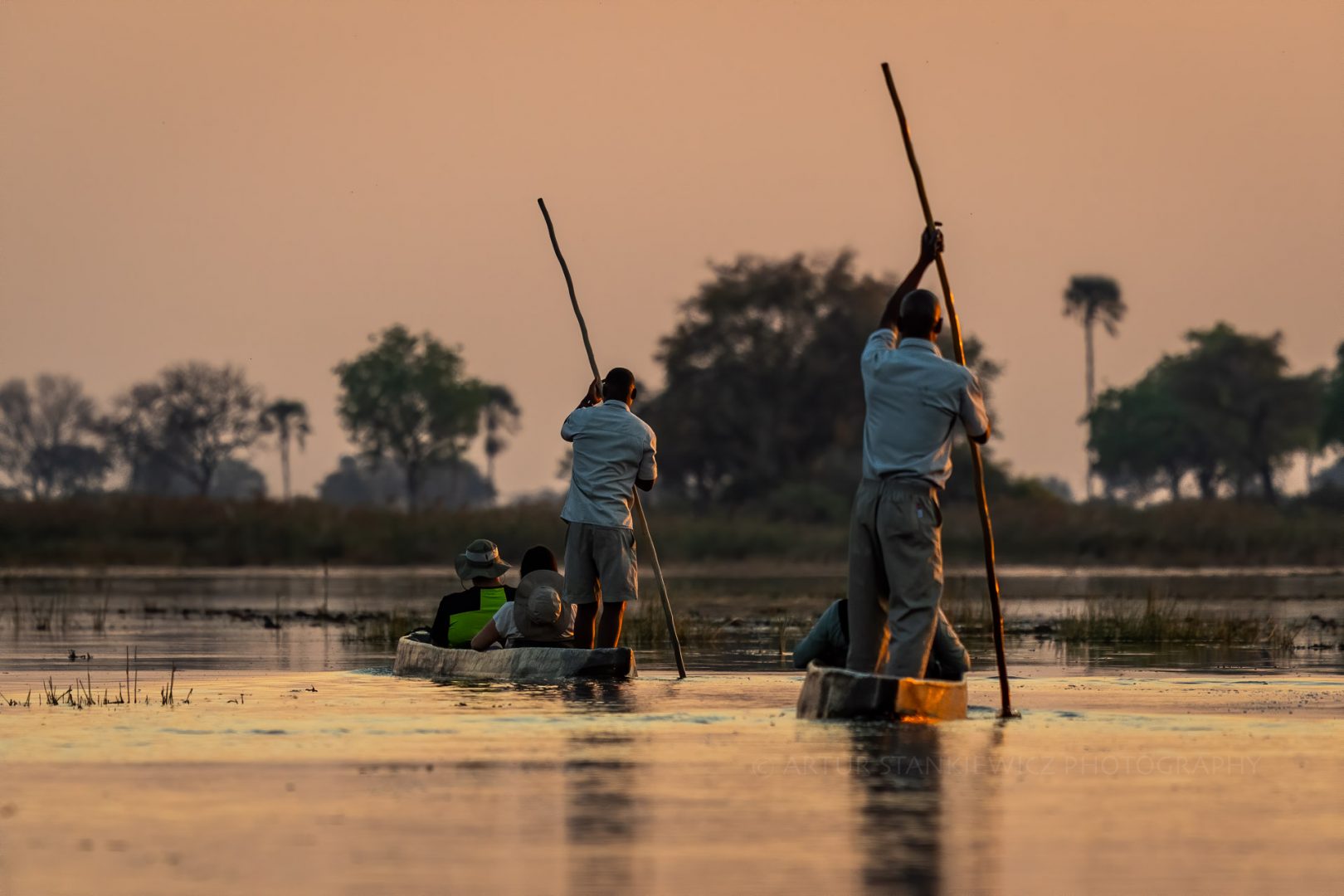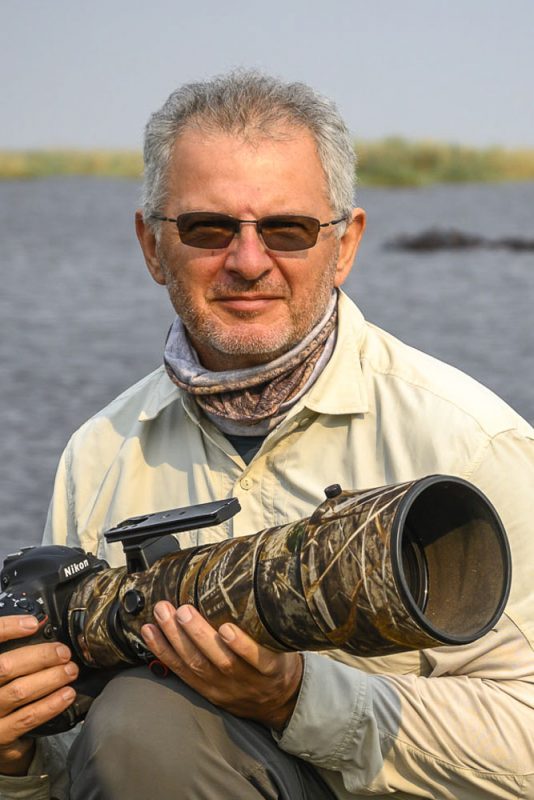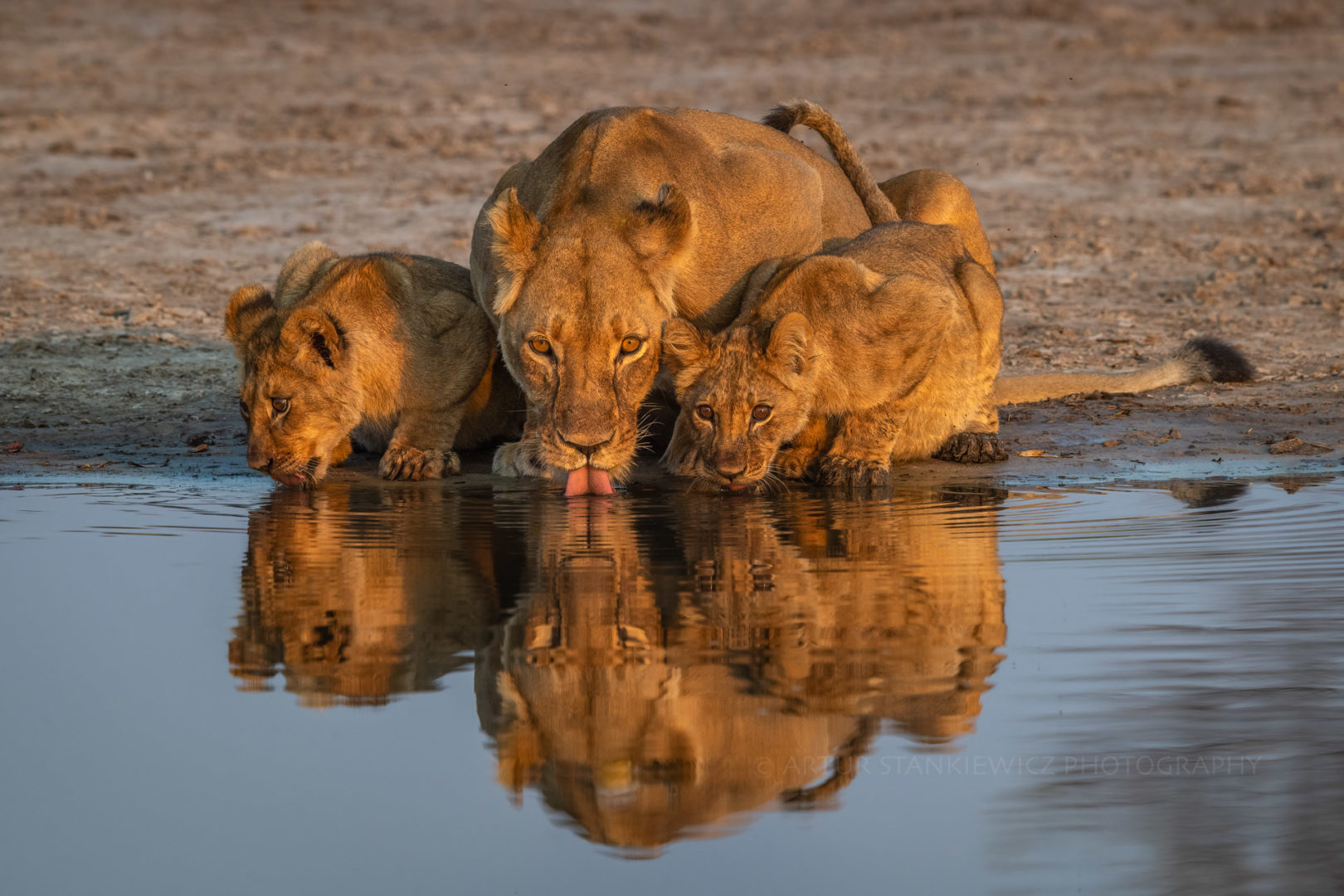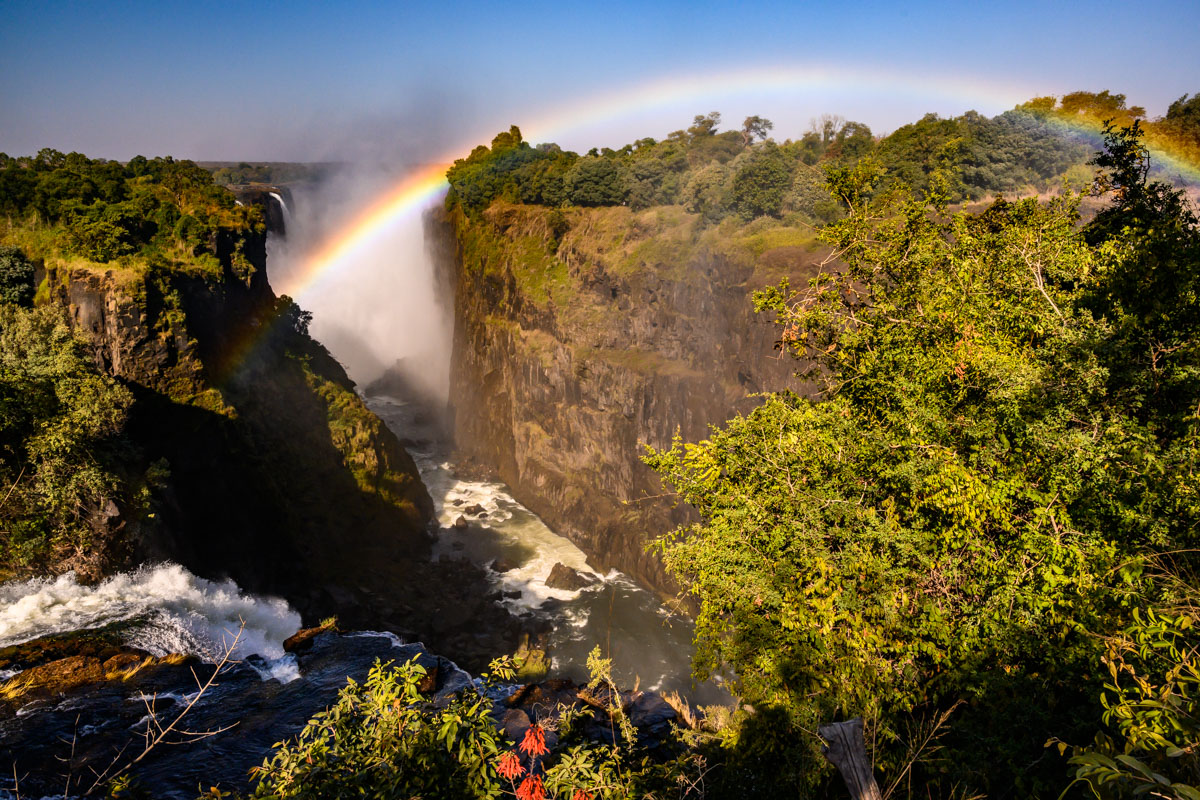The most common question I receive from potential safari-goers: What is the best time to go on African safari? I wish I have a simple answer, but it doesn’t exist! There are too many variables, on top of personal wishes, to provide a simple answer. In this blog, I will try to tackle this topic and hopefully provide some guidance based on my views and experiences.
In order to stay focused I will limit opinions regarding the best time to visit Botswana, Zimbabwe and Tanzania. However, it may be applicable to other Eastern and Southern Africa destinations. I will focus on key aspects, including weather, reliability of sightings, number of visitors and the value for your money. Major natures events and their overall importance will also be taken into perspective.
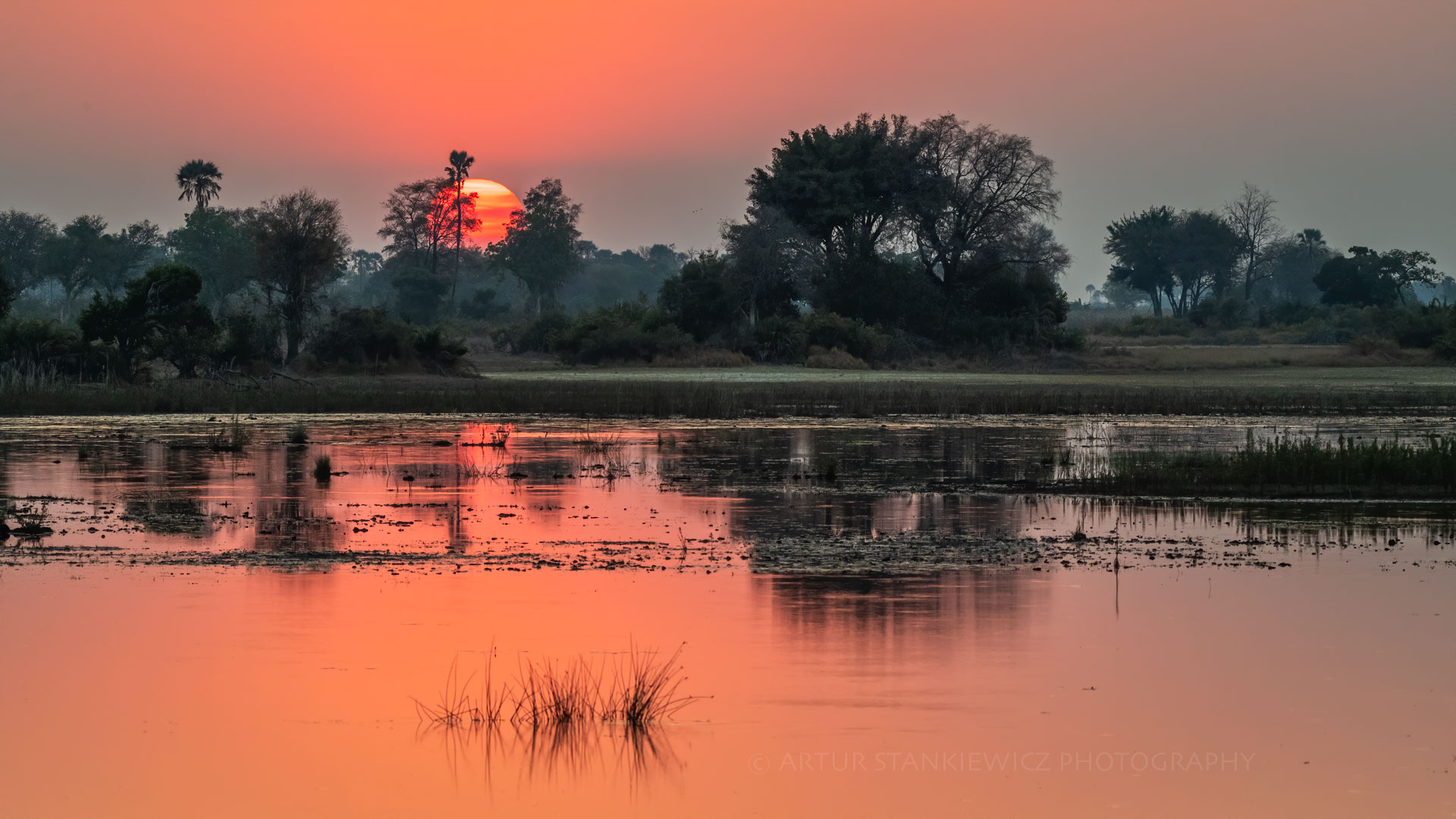
We can roughly divide the time of the year into the Green or Rain season (November-March) and the dry season (June-October). It is a gross approximation, as important transition periods exists in-between. Temperatures are quite predictable, being driven by the position of the Earth vs the Sun. However, arrival of rains and its intensity varies and plays a major role in the appearance of natural habitats. Behavior of wildlife will strongly depend of availability of drinking water and condition of pastures. One has to remember, that the nature is not a Swiss watch – It can not be easily predicted, especially in the times of global climate changes.
Everyone planning African safari should remember that all aspects of your trip can be controlled apart from nature. Normally safaris are booked a year ahead, thus weather prediction is impossible. Be prepared for surprises arriving on location. Delay of wildebeests calving around Lake Ndutu or drought in the Okavango Delta can happen if rains won’t come on time. This is nature and we need to embrace it!
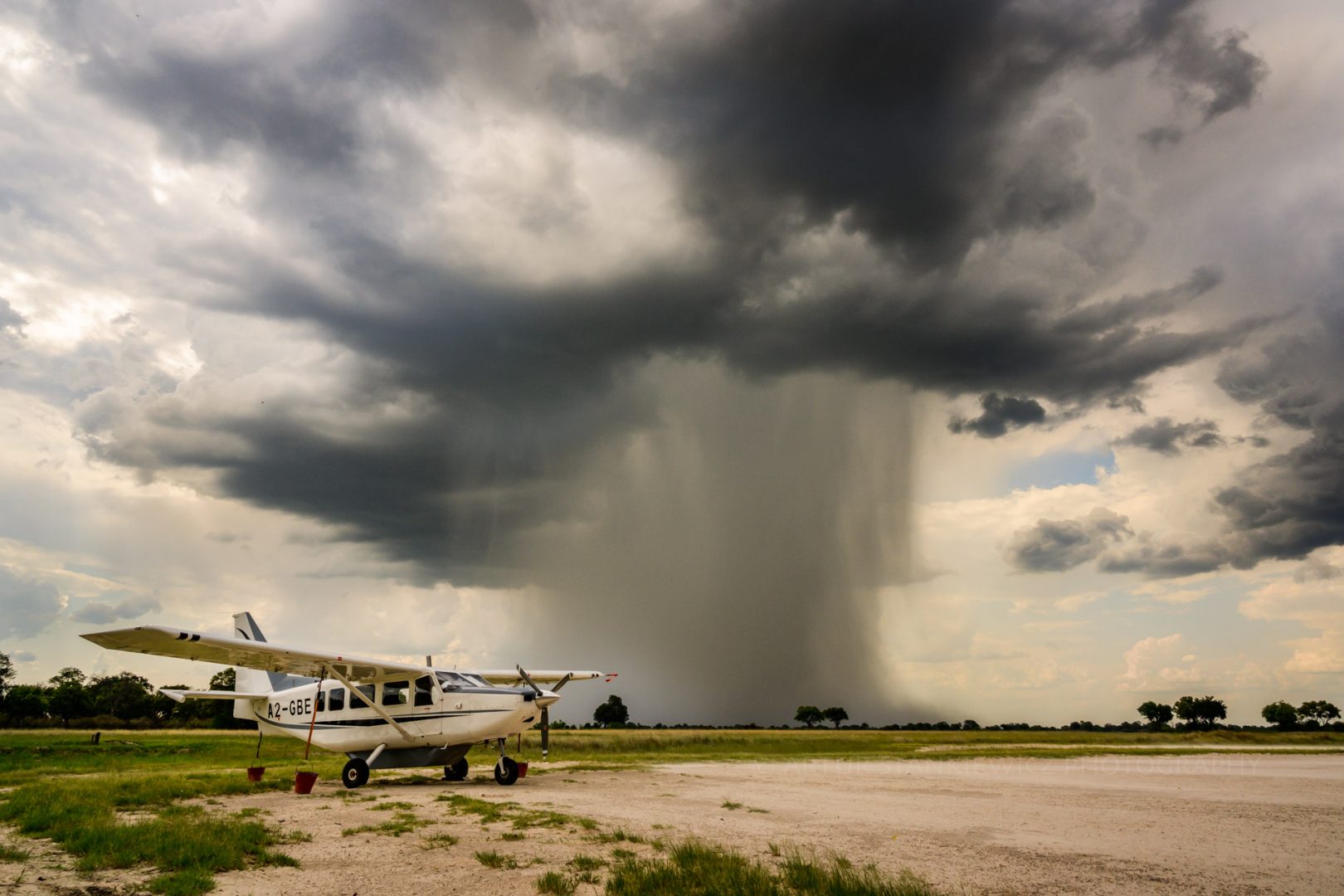
THE HIGH SEASON
Anyone looking for a maximum sightings and comfortable weather conditions, while visiting Botswana and Zimbabwe, should consider June-September. It is a high season for a couple of reasons. Firstly, it is a vacation time in many countries and secondly, animals concentrate around ever-shrinking water supplies and are easier to spot in dry vegetation. Temperatures vary from 5-10C in the morning to 25-30C during the day (coolest months May-July). Precipitation is almost non-existent and skies are clear of clouds.
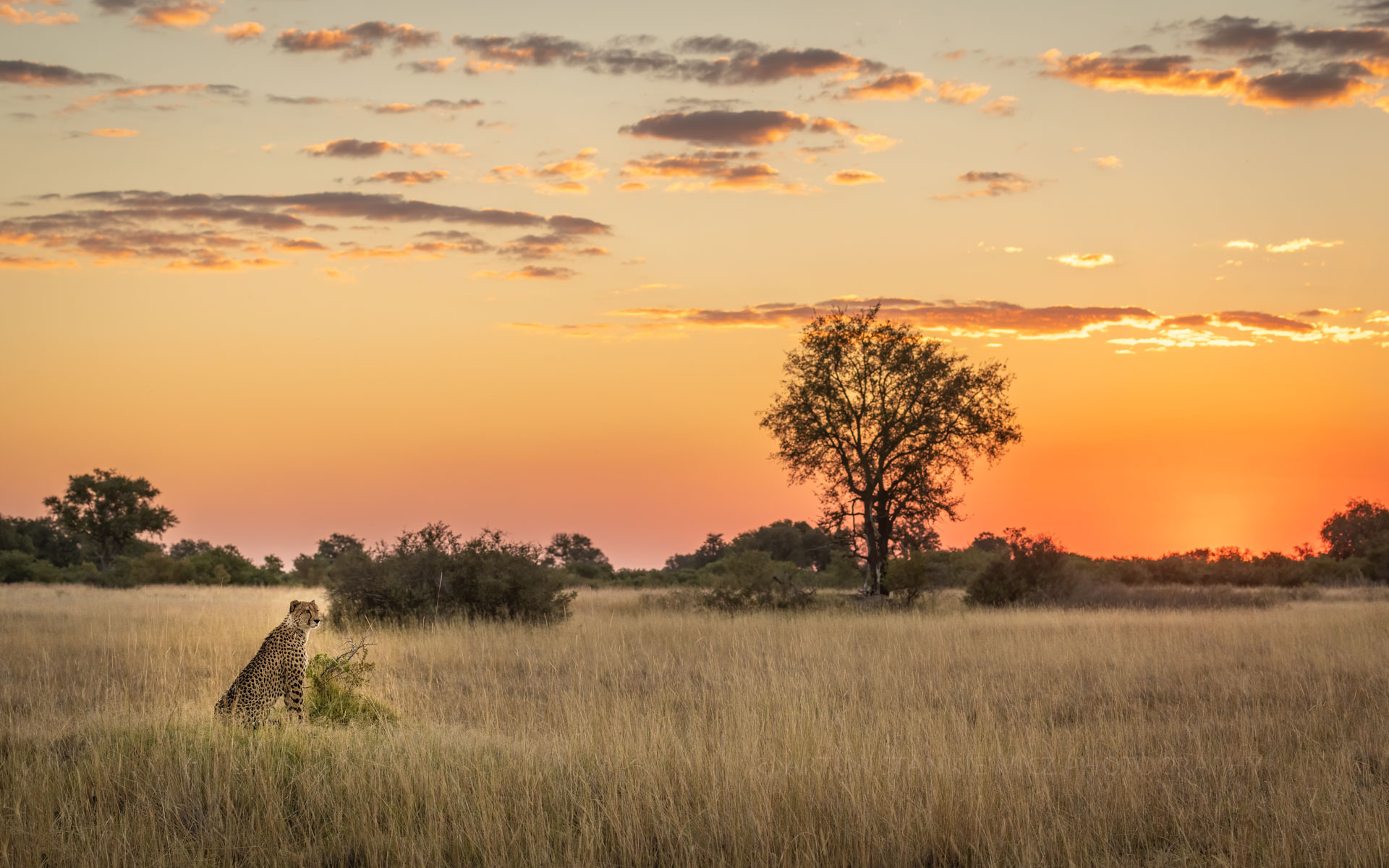
It is the time when the waters of Okavango are at its peak, and provide one of a kind experience for all visitors. African painted dogs are very active feeding their pups, which just begin to discover the world outside a den. Elephants come to larger water sources in hundreds to bathe. Predators are active and easy to spot in the leafless vegetation. A general animal encounters are at its peak as we move from June to September/October.
In Tanzania, this time of the year means one major spectacle – The Mara River crossing in the Northern part of Serengeti. Hundreds of thousands of wildebeests are on their annual migration to Maasai Mara, Kenya. On their journey they have to cross the Mara River providing countless opportunities for memories that will last forever. It’s a ‘pilgrimage’ time for regular visitors and wildlife photographers.
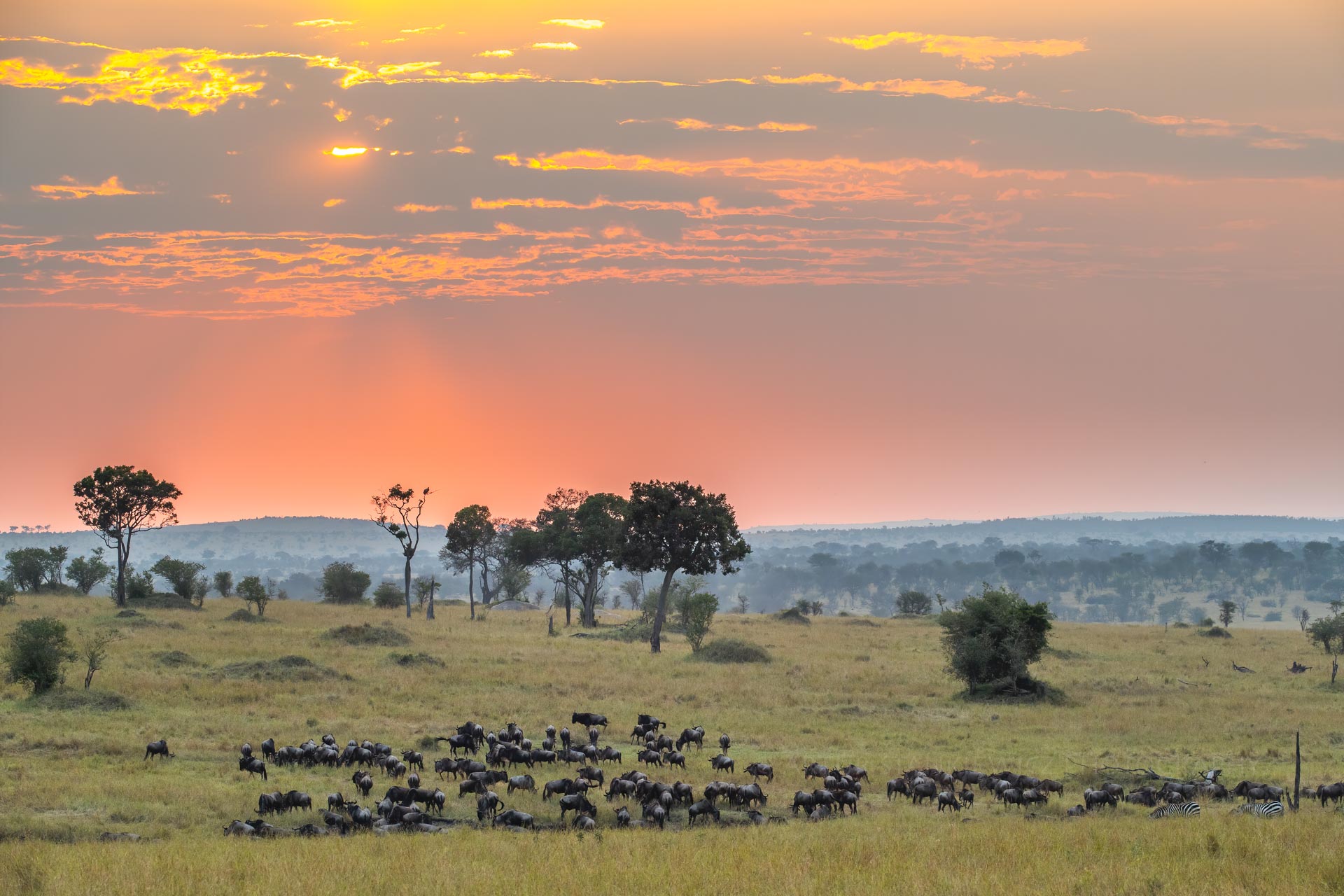
High season is also a time when the number of visitors and prices are at their peak. Private concession of Okavango are never crowded and national parks of Zimbabwe are always reasonable. Public areas in Botswana, such as Chobe NP or Khwai receive higher number of visitors and can be very busy. Serengeti can sometimes be overbearing with numbers of cars on one sighting, especially in central parts of Seronera. Prices at very good camps (read: in high demand) can easily reach $1000-2000 per night per person and are being booked 12-14 months ahead of safari. Finally, airline tickets are correspondingly expensive and flights can be often overbooked.
Planning your safari in the high season, requires keeping in mind all aspects mentioned above and be prepared to plan ahead. Best camps, best guides and locations will book first, thus be prepared to ‘shop’ 16-12 months before your trip. Keep in mind such inclusions as internal flights, park fees, drinks, laundry and the number of visitors per vehicle. If the offer looks too good to be true, it most probably is – inquire and read T&Cs. Remember, that price by itself and number of days can be deceiving – its important to look at details of the offer. Looking at opinions of others (testimonials) is always useful.
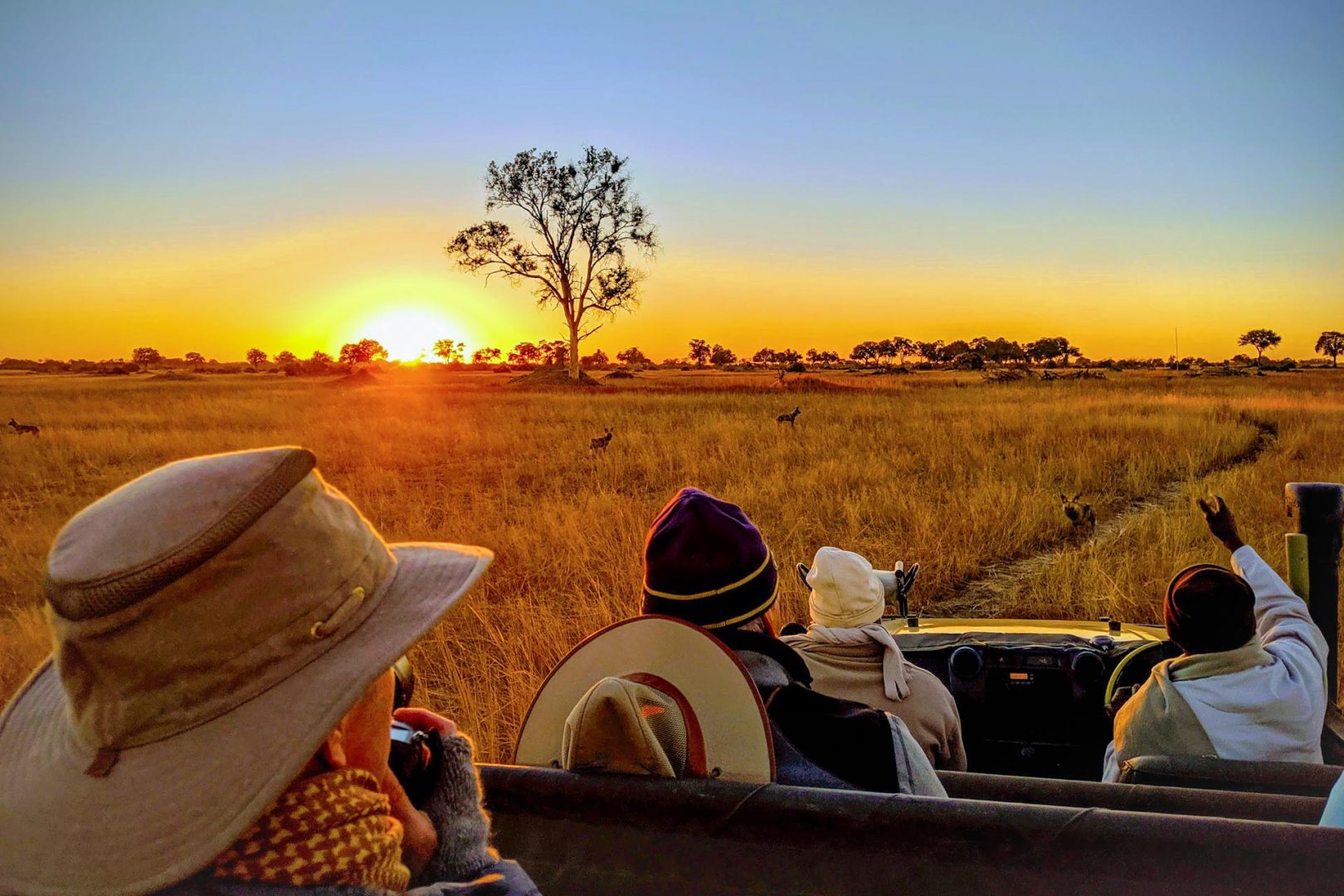
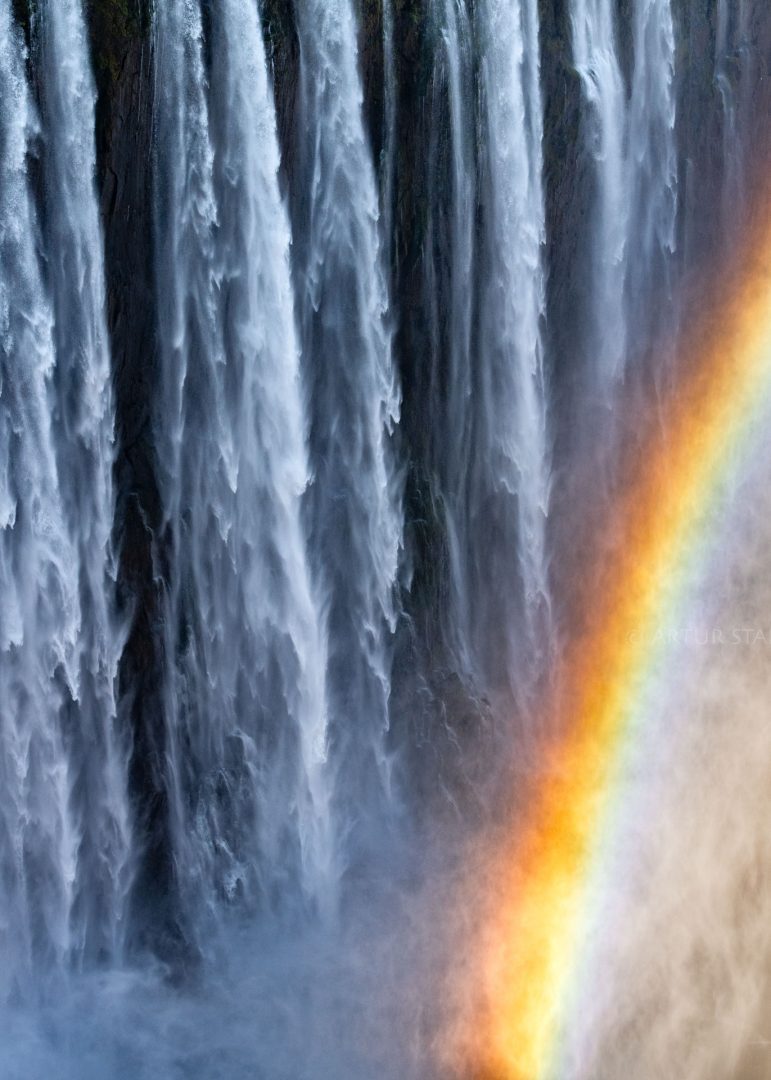
THE GREEN SEASON
The time of the year between late November and March is often called a green season due to rains over vast areas of Eastern and Southern Africa. Temperatures often reach >40C during the day and >20C at night, with humidity being at its peak. The hottest months are Nov-Dec with a general cooling towards Feb-Mar. Number of visitors in Zimbabwe goes almost down to ‘zero’ while Botswana is at the lowest numbers of the year in January. I have a separate blog on the green season in Botswana, thus I will only focus below on Tanzania.
Time between end of January and March is seeing increased number of visitors to the Greater Ngorongoro Conservation Area. The reason – massive herds of wildebeests, zebras and antelopes gather around Lake Ndutu and Masek to give a birth to thousands of babies in the span of 2-3 weeks. The peak of this great nature spectacle is February and early March.
Abundance of lions and cheetahs, and other predators is tightly connected to this yearly phenomena. It is also a time when many predators have their babies to align with a ‘time of plenty’. Southern Serengeti is buzzing with life with pride of lions gathering on kopjes and leopards resting in trees of Seronera.
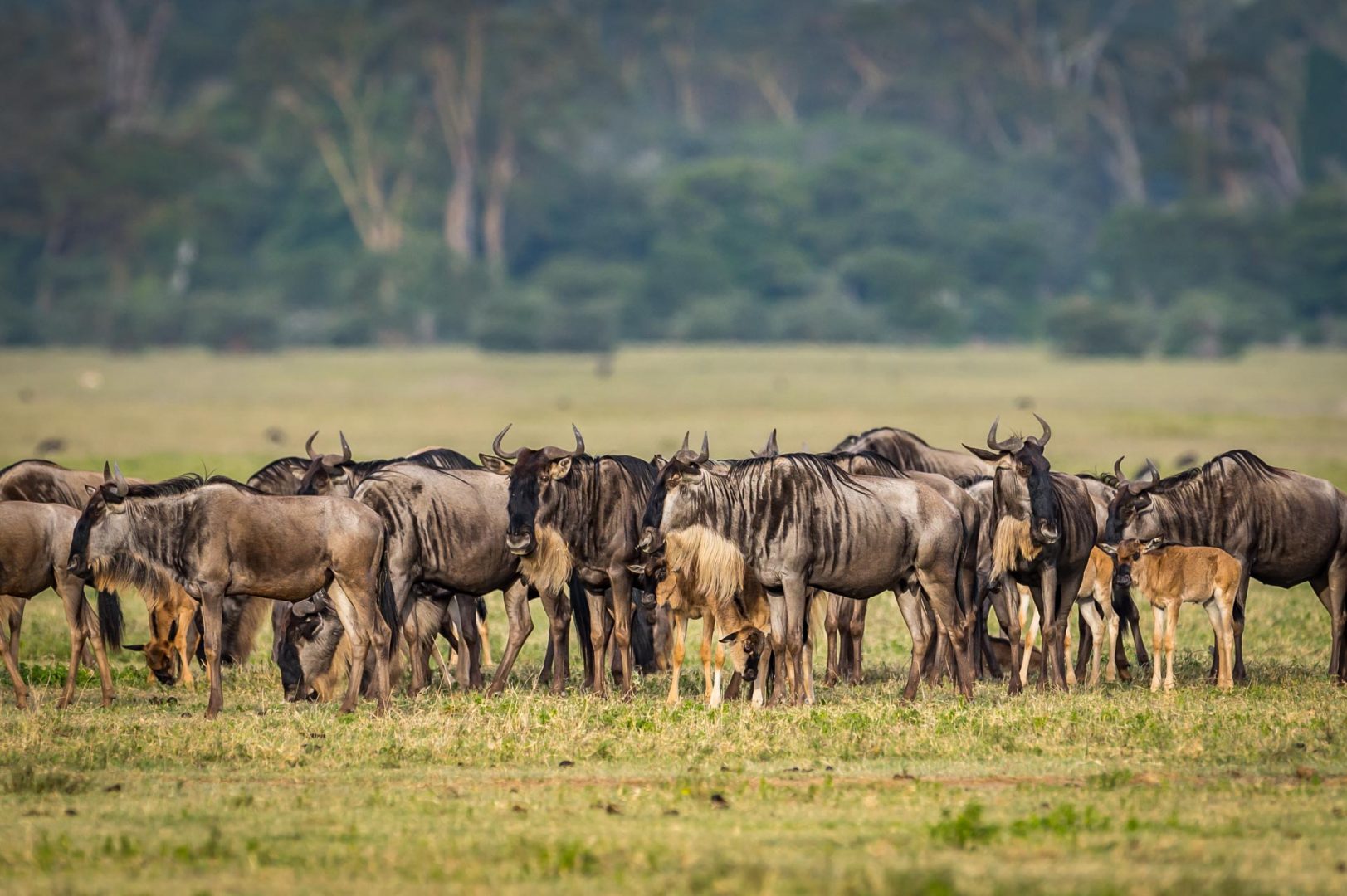
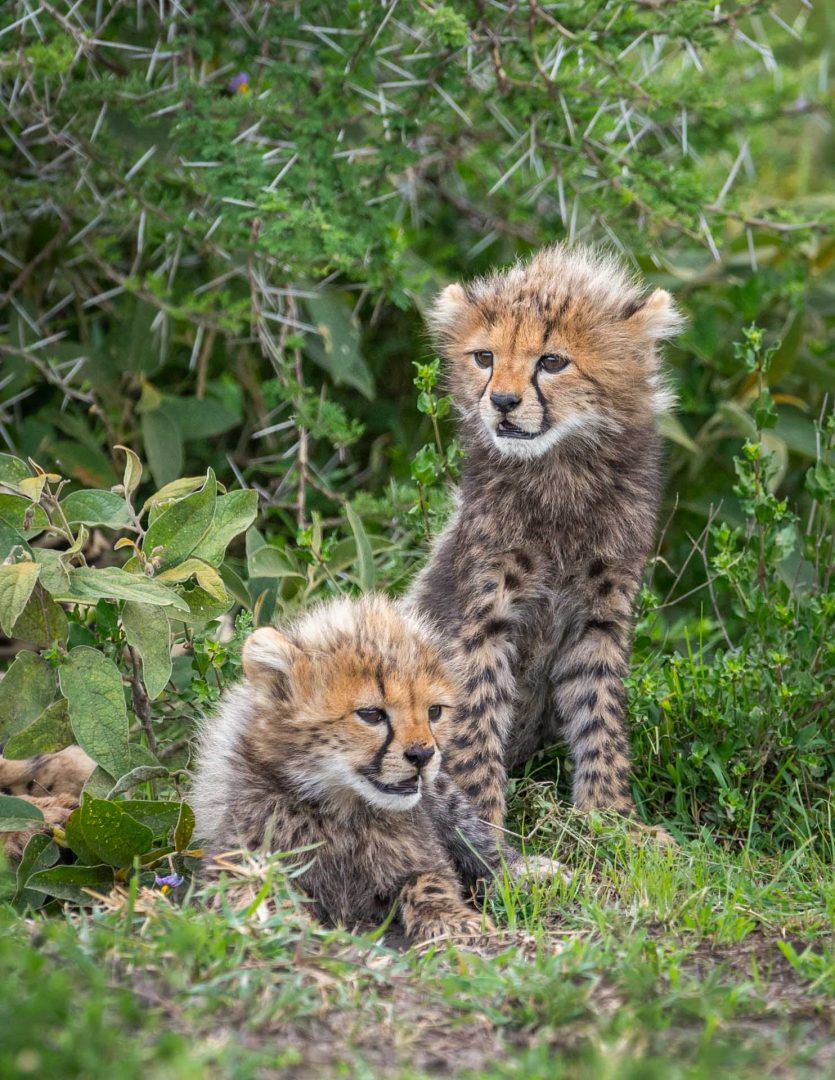
Many seasonal camps sprinkle the area around Lake Ndutu to cater for increased umber of visitors coming to Tanzania. Camps in Ngorongoro crater are at capacity providing base for the visit to the ‘Garden of Eden’. The highest prices and number of visitors is in February. However, one can find a very good deals and still fantastic experience in March. Because of the limited number of well-positioned camps around Lake Ndutu, bookings are recommended at least 12 months ahead. Cost, depending on the standard, can run from $500-1500 per night sharing basis.
Weather is unpredictable, with warm temperatures throughout, possible daily rains and thunderstorms passing through. Sometimes, rains make many areas impassable even for the 4×4 vehicles. It is a very special time to visit Southern Serengeti and plains around Ngorongoro – every wildlife photographers ‘bucket list’.
